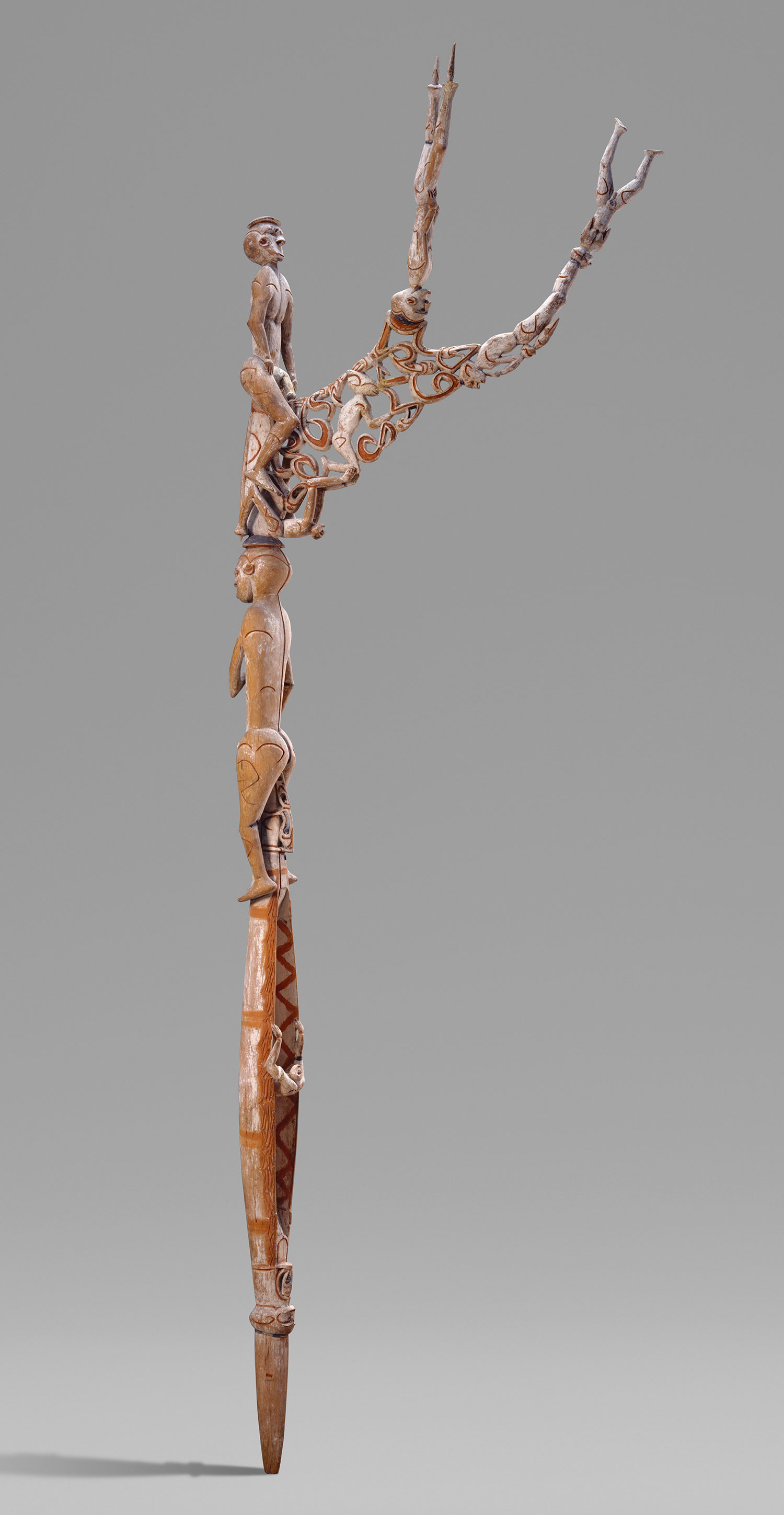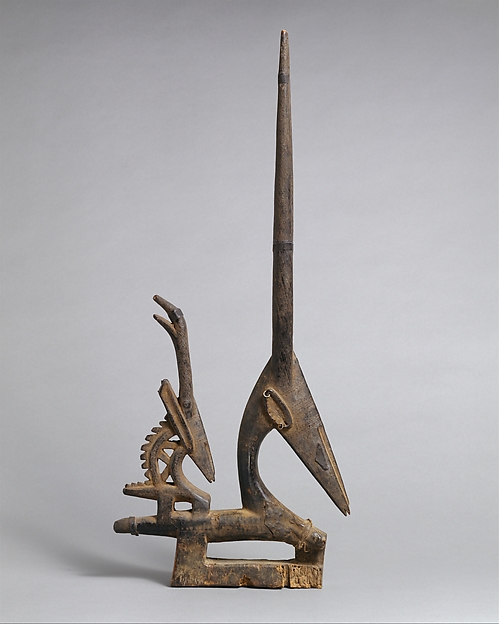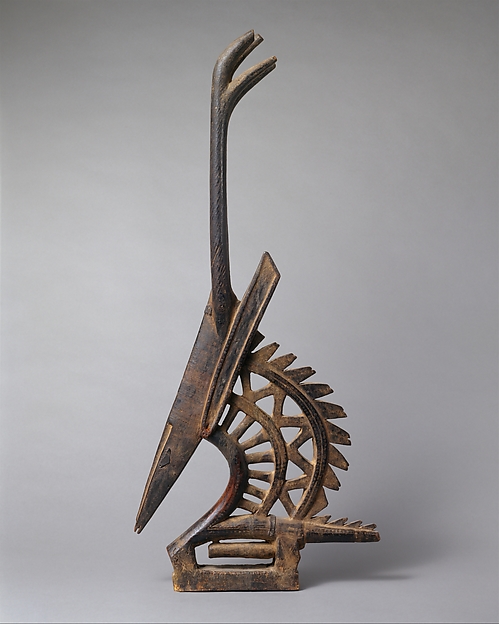I’ll
be the first to admit that I am not a fan of horror films, especially not the “gore
porn” of directors like Eli Roth. However, the recent release of The Green Inferno does
open up a discussion on cannibalism.
 Cannibalism
is not just a figment of Hollywood imagination, but a real practice found in
various indigenous cultures. Although no longer practiced, cannibalism was once
a central aspect to the ancestor rituals of the Asmat people of New Guinea in
the Papua province of Indonesia.
Cannibalism
is not just a figment of Hollywood imagination, but a real practice found in
various indigenous cultures. Although no longer practiced, cannibalism was once
a central aspect to the ancestor rituals of the Asmat people of New Guinea in
the Papua province of Indonesia.
The
Asmat people believed that a man killed in war could not pass into the spirit
world until his death was avenged. By killing a man from the opposing tribe,
their ancestor’s spirit would be appeased and could rest in peace. The tribes
believed that the seat of a man’s power was in his head. To transfer the power
of the opponent to the ancestor’s spirit, the avenger must behead the opponent
and return to the village. The clan would eat the flesh of the head to complete
the cycle of revenge. Of course, if every death had to be avenged, this just
created a constant cycle of war between opposing tribes.
-149492BADB163ED34E6.jpg)
The
cannibalistic ritual is reflected in the art of this culture. Asmat ancestor
poles were actually an integrated part of the ancestor rituals. While the constant cycle of war has ended, the ancestor poles have remained
as a symbolic practice. A pole is built
to honor the warriors lost in battle. The totems are carved from sago palms in remembrance
of the first humans - who were believed to be carved from sago palms. The
construction of an ancestor pole mirrors the act of head hunting. The sago palm is cut down and a man is beheaded. They peel the bark from the plant and skin
the human. The sap is left to run dry just as the blood is left to run dry from
the head.
Carvings
on the pole continue the head hunting metaphor. Birds are shown eating the flesh
of fruit like humans eating from heads. The bent knees of the figures represent
praying mantises. Female praying mantises are known to rip the heads off of the
males after mating. Phallic additions are representations of male power.
Each
pole is accompanied by a head and the poles are positioned facing the water.
Coastal tribes could align them right along the shoreline. The Asmat believed
that water provided the route to the afterlife, so the poles sent the souls
along this path. After the ancestor ritual was completed, the poles would be
returned to the forest to decompose and return to the earth.
 |
| Asmat people, Bis Pole, Late 1950 |
You’ll notice that the ancestor poles from the Met are from the 1950s. I can’t be positive on these poles specifically, but it is common for still-surviving indigenous cultures to make “models” of ritualistic artifacts for museum collections instead of using actual ritual objects. I can only imagine this is true for the ancestor poles since part of the ritual is the decomposition of the pole. If the pole was placed in a museum, the pole could not decompose and the ritual would not complete its cycle – and the spirit would not be at peace. Additionally, since the poles are destroyed after use, uncovering a preserved historic pole would be near impossible.
Sources:
Doot Bokelman, "Art of Indigenous People" (lecture, Nazareth College, Rochester, NY, Spring 2013).
ART
HISTORY SPOTTING:
Out
of curiosity, I image searched Cannibal
Holocaust – one of Eli Roth’s inspirations for The Green Inferno. In looking at the cover art for the movie’s VHS
tape, I immediately recognized it as a play on Goya’s painting, Saturn Devouring his Children. Goya just
so happens to be a contemporary to Fuseli, whom I wrote about last week –
spooky stuff. Glad this Halloween theme is working out.
 |
| Cannibal Holocaust vs. Goya y Lucientes, Francisco de, Saturn Devouring His Son, 1820-1823 |










